Refine listing
Actions for selected content:
2251 results in Cambridge Elements
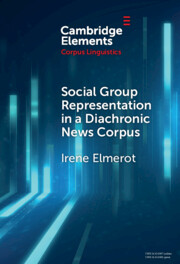
Social Group Representation in a Diachronic News Corpus
-
- Published online:
- 06 February 2025
- Print publication:
- 06 February 2025
-
- Element
-
- You have access
- Open access
- HTML
- Export citation
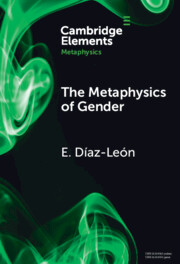
The Metaphysics of Gender
-
- Published online:
- 06 February 2025
- Print publication:
- 06 February 2025
-
- Element
- Export citation
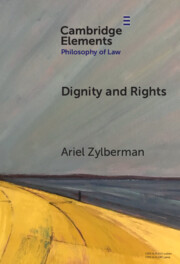
Dignity and Rights
-
- Published online:
- 06 February 2025
- Print publication:
- 06 February 2025
-
- Element
- Export citation

Risk Management in Translation
-
- Published online:
- 06 February 2025
- Print publication:
- 06 February 2025
-
- Element
- Export citation

Infrared Spectroscopy of Archaeological Sediments
-
- Published online:
- 06 February 2025
- Print publication:
- 06 February 2025
-
- Element
-
- You have access
- Open access
- HTML
- Export citation
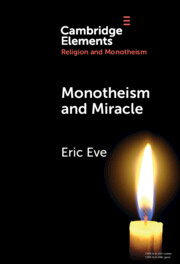
Monotheism and Miracle
-
- Published online:
- 06 February 2025
- Print publication:
- 13 February 2025
-
- Element
- Export citation
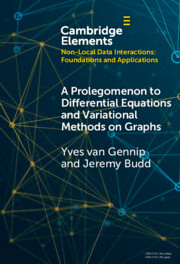
A Prolegomenon to Differential Equations and Variational Methods on Graphs
-
- Published online:
- 05 February 2025
- Print publication:
- 27 February 2025
-
- Element
-
- You have access
- Open access
- HTML
- Export citation
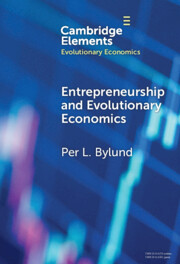
Entrepreneurship and Evolutionary Economics
-
- Published online:
- 04 February 2025
- Print publication:
- 27 February 2025
-
- Element
- Export citation
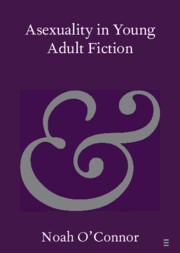
Asexuality in Young Adult Fiction
-
- Published online:
- 03 February 2025
- Print publication:
- 13 February 2025
-
- Element
- Export citation
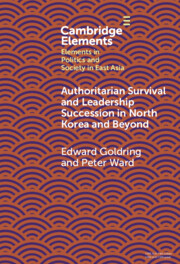
Authoritarian Survival and Leadership Succession in North Korea and Beyond
-
- Published online:
- 03 February 2025
- Print publication:
- 27 February 2025
-
- Element
- Export citation
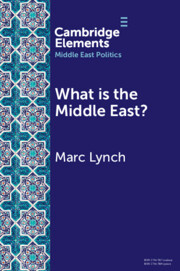
What is the Middle East?
- The Theory and Practice of Regions
-
- Published online:
- 03 February 2025
- Print publication:
- 20 February 2025
-
- Element
- Export citation
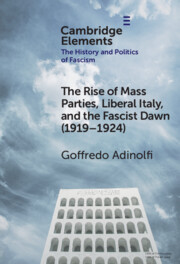
The Rise of Mass Parties, Liberal Italy, and the Fascist Dawn (1919–1924)
-
- Published online:
- 03 February 2025
- Print publication:
- 22 May 2025
-
- Element
- Export citation
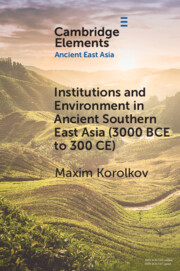
Institutions and Environment in Ancient Southern East Asia (3000 BCE to 300 CE)
-
- Published online:
- 01 February 2025
- Print publication:
- 30 January 2025
-
- Element
-
- You have access
- Open access
- HTML
- Export citation
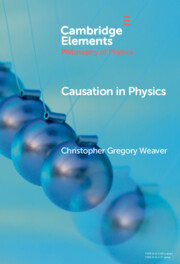
Causation in Physics
-
- Published online:
- 31 January 2025
- Print publication:
- 27 February 2025
-
- Element
-
- You have access
- Open access
- HTML
- Export citation
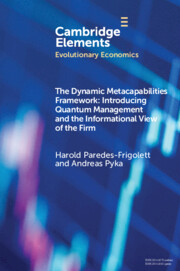
The Dynamic Metacapabilities Framework
- Introducing Quantum Management and the Informational View of the Firm
-
- Published online:
- 31 January 2025
- Print publication:
- 20 February 2025
-
- Element
- Export citation
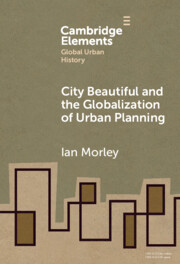
The City Beautiful and the Globalization of Urban Planning
-
- Published online:
- 30 January 2025
- Print publication:
- 30 January 2025
-
- Element
- Export citation
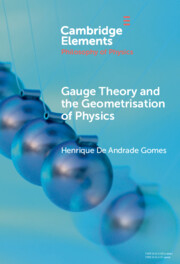
Gauge Theory and the Geometrization of Physics
-
- Published online:
- 30 January 2025
- Print publication:
- 30 January 2025
-
- Element
- Export citation
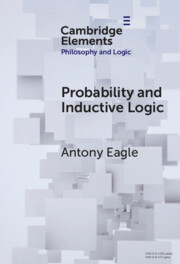
Probability and Inductive Logic
-
- Published online:
- 30 January 2025
- Print publication:
- 30 January 2025
-
- Element
- Export citation
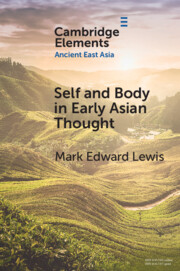
Self and Body in Early East Asian Thought
-
- Published online:
- 30 January 2025
- Print publication:
- 30 January 2025
-
- Element
- Export citation
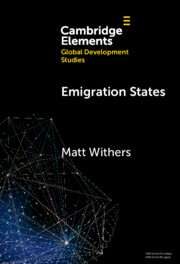
Emigration States
- Migration-Development Policymaking in the Asia-Pacific
-
- Published online:
- 30 January 2025
- Print publication:
- 30 January 2025
-
- Element
- Export citation
